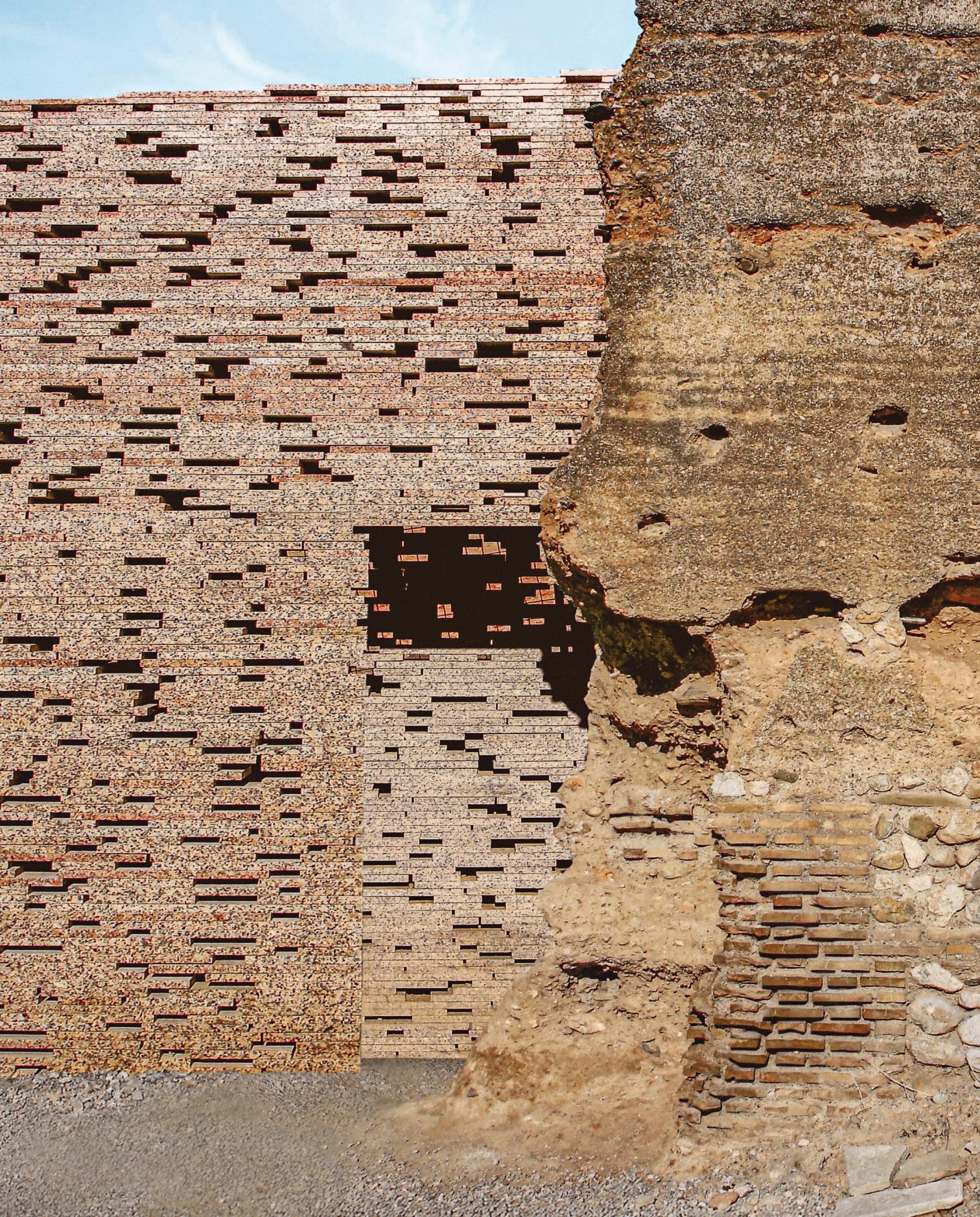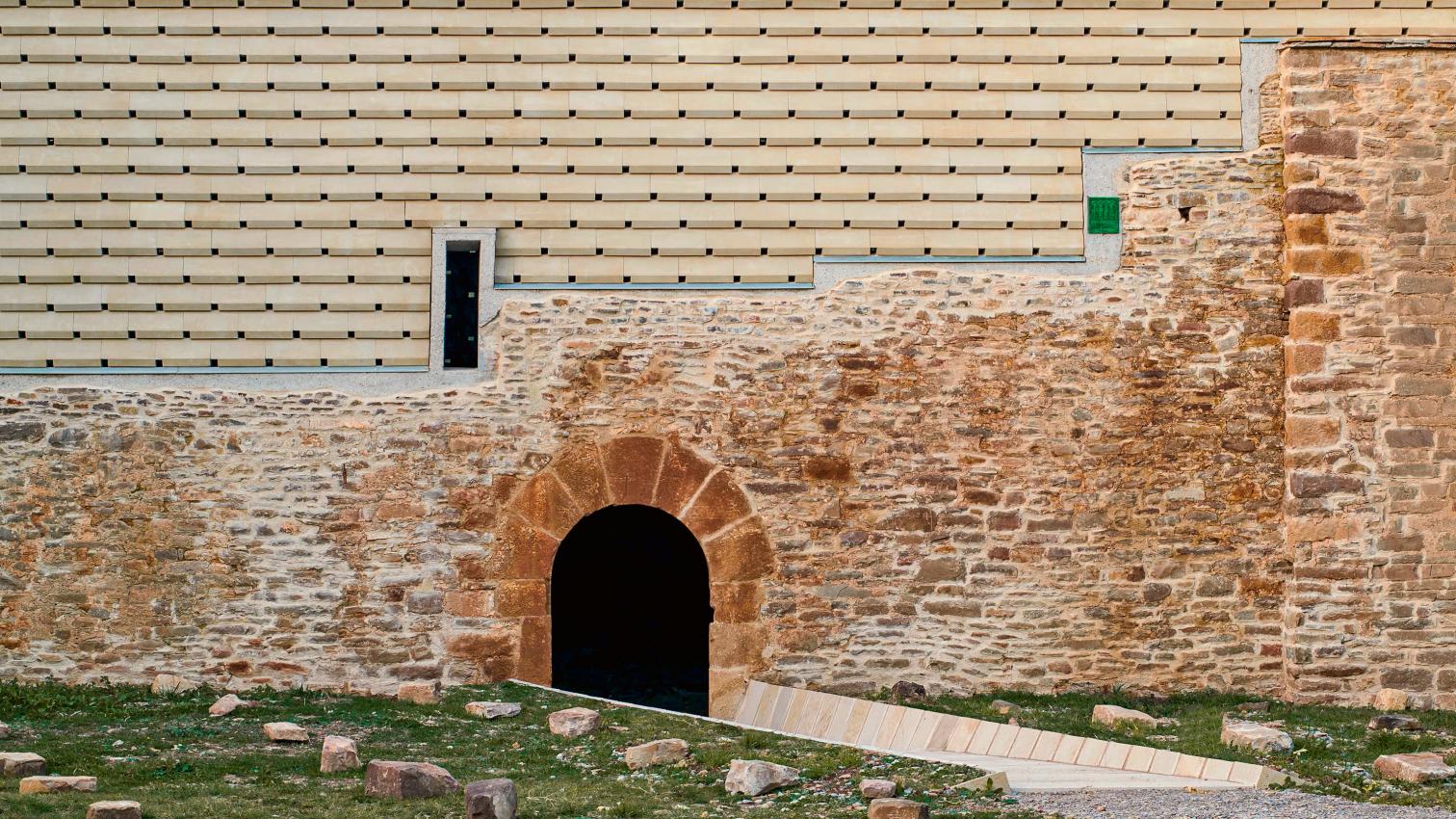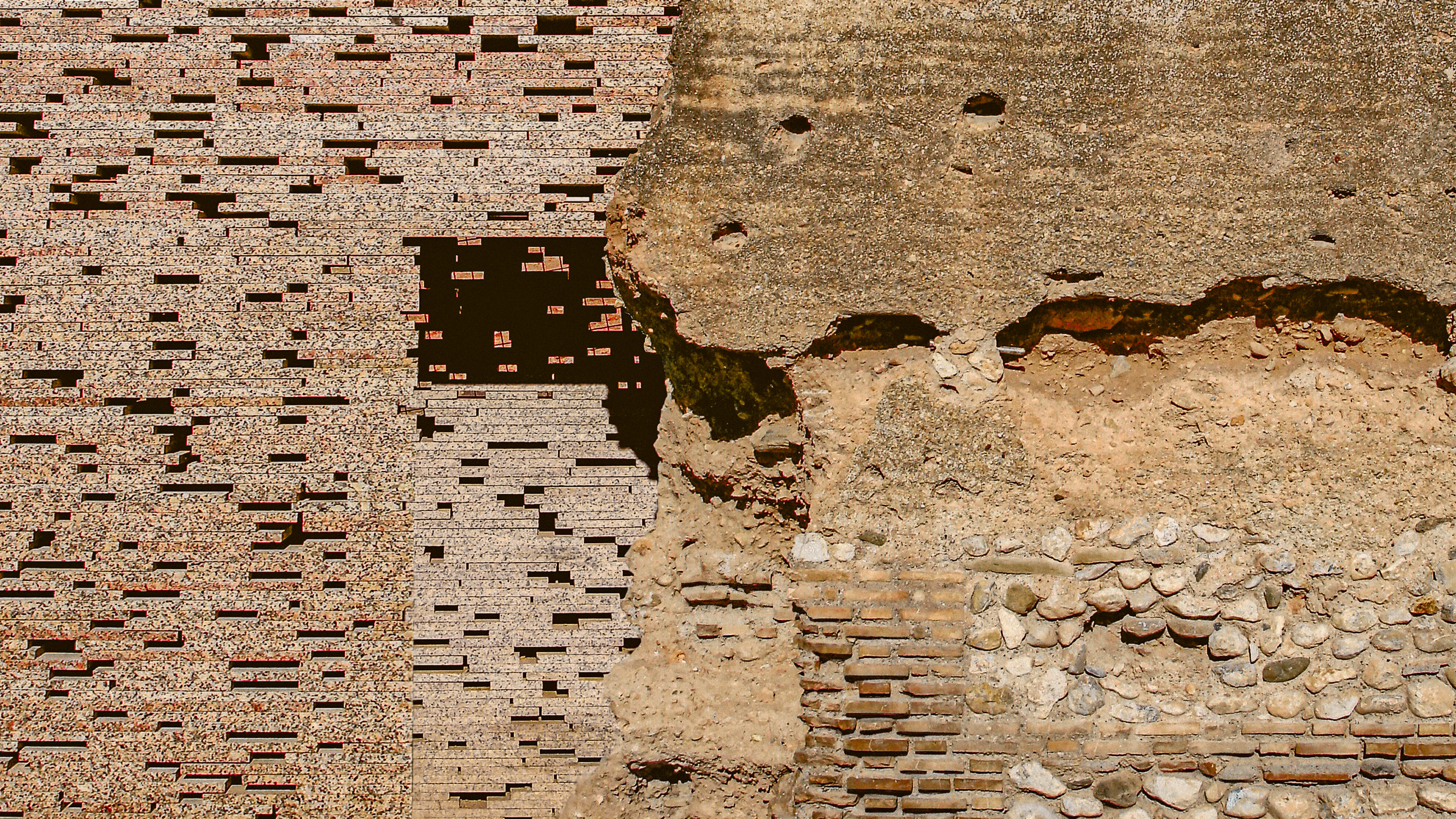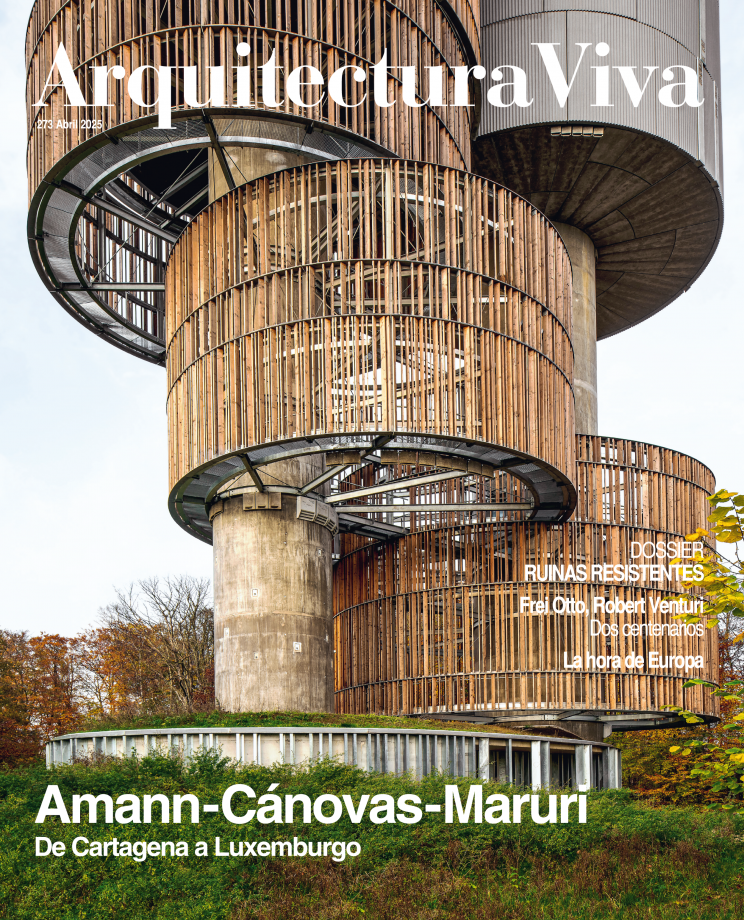Aspiration for the Future
Four Heritage Interventions

Antonio Jiménez Torrecillas, Nasrid wall in the Upper Albaicín, Granada (Spain)
Can we blame the Venetians for blowing up the Parthenon in 1687, when it was a Turkish arsenal? Or the popes for seeing the marbles of imperial forums as perfect quarries for building works of Baroque Rome? Like any other cultural concept, architectural heritage is not spared the mutations that come with the passage of time, and these two examples show that, even after a Renaissance that revered classical creations and generalized a certain stance of respect for the past, buildings could be demolished or repurposed if circumstances demanded it. The confrontation between built preexistence and necessity was always more evident in architecture.
The Enlightenment of the 18th century and the Romanticism of the 19th together honed the idea of monuments to be protected against the impacts wrought by time and humans, a stamp easy to apply to castles, palaces, and cathedrals, but not so much to structures serving less lofty ends. The development of the humans sciences and the social transformations of the past 150 years would broaden the definition to nowadays include any testimony whatsoever of the life of peoples, furthering the ‘democratization’ of heritage: history would represent not only power and the elite, but the community at large, and the stories of a Friulian miller in the 16th century were of as much interest as those of Charles V or Martin Luther.
Industrial, vernacular, popular architecture… That there are more and more things we consider important enough to preserve makes it increasingly necessary to have a flexible attitude towards the heritage we find around us: not everything has to be fossilized to slow down decay, and not everything has to be monumentalized as a tourist attraction. After all, from Hadrian’s mausoleum turned into a fortress or Diocletian’s palace devoured by a residential neighborhood, the most resilient ruins are those that adapt to new uses instead of languishing as soulless carcasses.
Such nourishment from the past with eyes on the future is the theme of this dossier, which presents four interventions on buildings that are more intrahistorical than historical, minor architectures consolidated to keep playing an active part in local memory. Arturo Franco lets a thick garden grow in a ramshackle house in a town of A Coruña, spicing it up with ingenious swings, while Martino Picchedda coats the remains of an estate and plays with its cobbled floors in providing a Sardinian village with a new space. Not far from Szczecin, Brandlhuber and Manfred Pernice insert a vigorous framework behind a stable’s walls to bring them out in all their glory as cladding, and Medprostor crowns what was the church of a Carthusian monastery in Slovenia with a movable roof in order to conserve the open-sky image that has characterized the site for centuries.

Sebastián Arquitectos, Restoration of the hermitage of San Juan, Ruesta (Spain)






